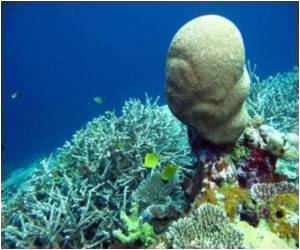Hazardous chemicals are found in plastics consumed by the seabirds, This may result in catastrophe for the seabirds as the water pollution levels are high, and plastics quickly finds a place in their food chain.

‘Sea birds are in the grave danger posed mainly due to the plastic laden with chemicals which are mistaken for food and consumed by them.’
Read More..




"We uncovered that four kinds of UV stabilizers and two brominated flame retardants at detection frequencies of 4.6% and 2.1%, respectively," said Dr. Hideshige Takada, the corresponding author, and professor in the Laboratory of Organic Geochemistry of TUAT. "Our previous researches showed that these additives in plastics are transferred from ingested plastics and unfortunately accumulated in some tissues of seabirds."Read More..
. "These findings imply that any of these additives can be detected in the tissue of seabirds, which ingest 15 pieces of plastics with a probability of 73%. We found that ingestion of 15 pieces of plastics per one individual is actually happening in the real-world case of the Albatross.", said Dr. Takada. "We could foresee in the near future that 90 % of the individuals would accumulate additives derived from ingested plastics if the number would increase double, that is 30 pieces per individual."
The present study was supported by a Grant-in-Aid from the Ministry of Education and Culture of Japan (Projects No. 26-8120 and No. 16H01768) and Environment Research and Technology Development Fund (SII-2-2).
Source-Eurekalert









